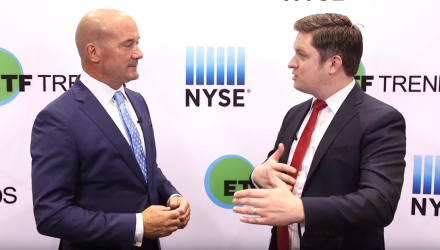The quality factor helps hone in on the quality of a company earnings as a better gauge of future earnings performance. The underlying indices may provide a quantifiable measure of each company’s profitability, efficiency, earnings quality and leverage.
The value factor reflects the idea that cheaper equities are thought to outperform more expensive stocks over the long-term. Consequently, the underlying indices will focus on cash-flow yield, earnings yield and sales-to-price of each company as measures of value.
Momentum may reflect the recent price movements over time as an indicator of future stock price movements. Specifically, the underlying indices review the 11-month cumulative total returns of each stock.
Low volatility suggests that portfolios with less volatility or low beta can provide higher-than-average return with smaller drawdowns. The underling indices will calculate the standard deviation of five years of weekly total local returns for each stock.
Lastly, the size factor reflects the historical long-term effect that show long-term outperformance in small-caps over large-caps. The underlying indices will select companies based on full market capitalization.
For more ETF-related commentary from Tom Lydon and other industry experts, visit our video category.
